Dracaena Plant
25 in stock
The Dracaena plant, commonly known as the dragon tree, is an attractive, hard-leaved plant with green sword-like, red-edged leaves. The plant has narrow, slender brown stems topped with glossy, arching leaves. In spring, outdoor species may develop small and fragrant white flowers, followed by circular yellow-orange berries. When grown as an indoor plant, flowers and berries are rarely visible. These plants are perfect for a beginner gardener, as they are very easy to grow indoors.
This small tree can grow to about 20 feet in warm outdoor climates, but it is most commonly grown as a potted houseplant, and is kept to 6 feet or less. Unlike many indoor trees, it tolerates a wide range of temperatures. Dracaena are tough, drought-tolerant plants that make excellent houseplants with an aggressive root system. Sometimes they are grown as single-stemmed plants.
₹250.00 ₹315.00
Botanical name: Dracaena
Common Names: Dragon Tree, Dragon Plant, Madagascar Dragon Tree
Plant Type: Broadleaf evergreen, commonly grown as a houseplant.
Mature Size: 15 to 20 feet, usually pruned to less than 6 feet, spreads to 3 to 10 feet.
Sunlight: When grown indoors, indirect light
Soil Type: Mixture of loam and clay soil
Soil pH: 6 to 7 pH
Bloom Time: Spring (rarely flowers indoors)
Flower color: white
Hardness: 10 to 12
Origin: Madagascar and Mauritius
How to take care of Dracaena Plant? (Dracaena Plant care in Hindi)
Thanks to its tolerance to a wide range of temperatures, the Dracaena plant is very popular as a large potted plant for homes and offices. It should be planted in a loam, well-drained soil with peat moss and watered regularly during the growing season. It will tolerate shadier locations but the foliage will lose its color. They are listed by NASA as an excellent plant for removing harmful chemicals from the air. Watering should be slightly restricted during winter.
What kind of light does the Dracaena plant like? (Dracaena light requirements)
Dracaena plants grow best in bright light, but they can also survive in dim light. In low light conditions the plant will grow slower and produce smaller leaves with less intense color. Do not place your Dracaena plant in full sun as the leaves can burn.
In what soil should you grow Dracaena plant? (Dracaena soil mix)
When growing as a potted plant, loose, well-drained potting mix–loamy soil amended with peat moss is ideal.
How much water should I give to a Dracaena plant? (Dracaena watering)
It is easy to over-water this plant. And wait until half of the soil above the water dries up. In low light, this can take up to 3 weeks. If brown tips develop on the leaves of the plant, it is often a sign of over-watering, or the water contains too much salt or fluoride. Like other plants in its genus, Dresina is sensitive to fluoride, which can cause discoloration. To avoid fluoride, drink distilled or non-fluoridated Voter’s Dracaena. If the plant has yellow leaves, it usually means that it needs more water.
Temperature and Humidity
The Dracaena plant prefers temperatures between 70 and 80 degrees Fahrenheit. Regular home humidity should be fine for them. If your home is particularly dry, consider a light mist from a spray.
What kind of fertilizer should be given to Dracaena plant?(Best fertilizer for Dracaena)
The Dracaena plant has relatively little need for fertilizer. Feed them lightly with a controlled-release fertilizer in early spring or twice a year. Do not fertilize in winter.
How To Repot Dracaena Plant?(Dracaena Repotting Tips)
Place your Dracaena plant in pots as large as necessary. Because these trees grow so slowly, they usually only require repotting every second or third year. Refresh the potting soil with fresh soil to replace any that have become compacted.
How to do Propagation of Dracaena Plant? (Dracaena Propagation)
Dracaena roots readily in water from stem cuttings, so readily that it is often used in dish gardens, and is easily propagated by nurseries and retailers. It takes about three weeks for the roots to germinate for the cutting, and it is not necessary to use rooting hormone.
How many species of Dracaena plant /Dracaena varieties
There are several species, however, that are commonly found at plant stores:
Dracaena marginata ‘Tricolor’: Dark red margins, green leaves and an ivory stripe down the leaf center.
D. marginata ‘Colorama’: Appears completely pink, but it is distinguished with white and green stripes. This species requires very bright light to maintain its color.
D. marginata ‘Bicolor’: Has red and green stripes.
D. marginata: Basic form with dark green leaves and thin red leaf margins.
Dracaena plant poisoning
It is beautiful, but poisonous. Although it is not harmful to humans, the leaves are extremely toxic to cats and dogs. Cats, in particular, seem to be fond of chewing on the leaves, which contain poisonous almonds.
Symptoms of Poisoning /Is Dracaena Poisonous to humans?
The most obvious symptoms are vomiting and excessive salivation. Veterinary treatment for Dresina poisoning may include inducing vomiting and then giving fluids to reverse dehydration.
Common Pests and Disease
Although they are generally disease resistant, dracaena are susceptible to mealybugs and thrips. Mealybugs are easy to recognize, as they leave small, sticky, cottony deposits. Plants are also susceptible to the pest, spider mites. They occur when the temperature is hot, and the air is very dry.
Based on 0 reviews
Be the first to review “Dracaena Plant”
You must be logged in to post a review.
You may also like…
-
Plants
Guldaudi Plant/Chrysanthemum
Chrysanthemum, popularly known as the queen of winter, is an ornamental flowering plant. About 30 species are found in it. The leaves of chrysanthemum (chrysanthemum in hindi) are thin, cut like cotton or bitter gourd leaves and are of different sizes. There are two types of chrysanthemum flowers, small and big.
SKU: n/a -
-




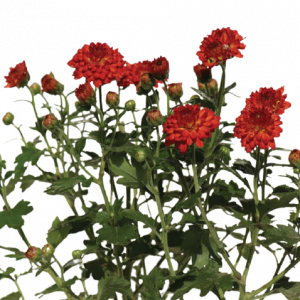

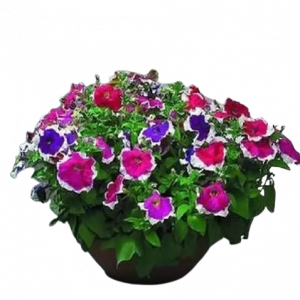
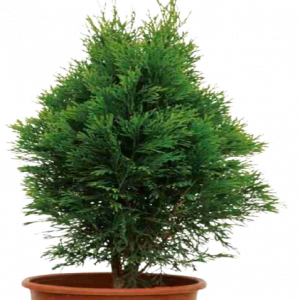
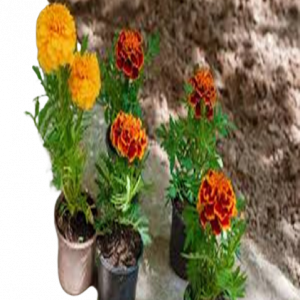
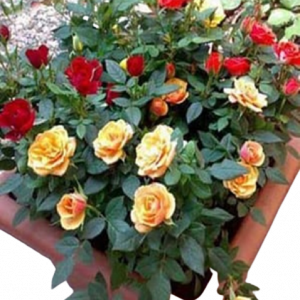
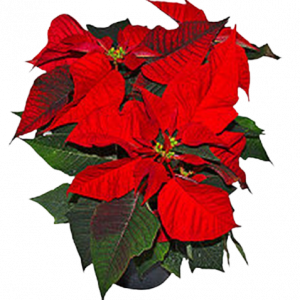
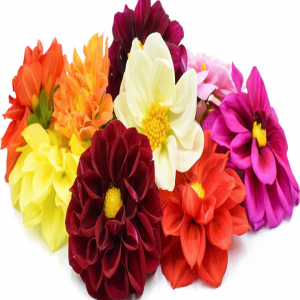


There are no reviews yet.